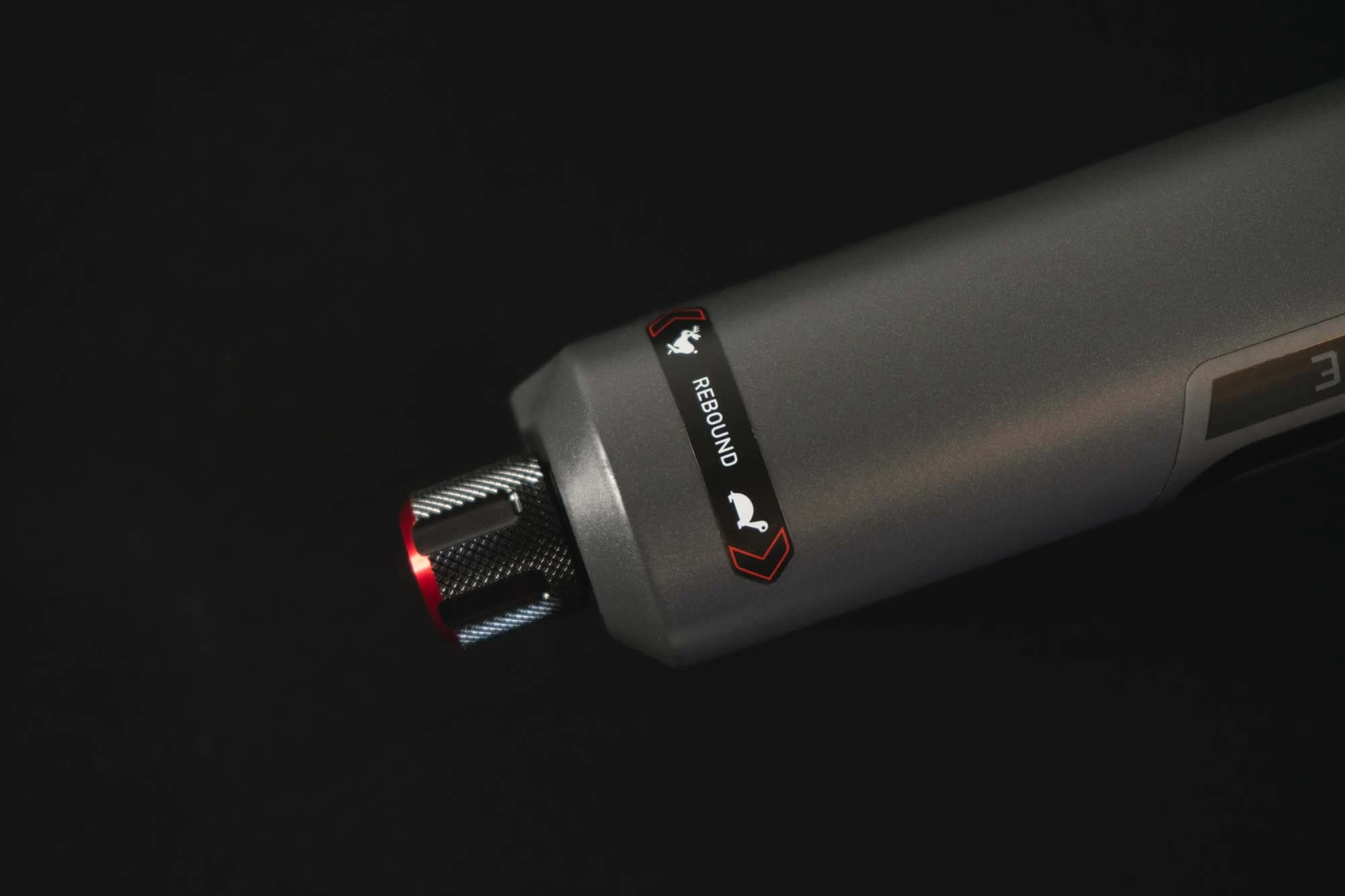
The Downhill Dangers: The Pitfalls of a Hasty MTB rebound on Your Mountain Bike
The Downhill Dangers: The Pitfalls of a Hasty MTB rebound on Your Mountain Bike
Mountain biking is an exhilarating adventure that demands a unique blend of skill, control, and a dash of fearlessness. When faced with unexpected shocks or obstacles on the trail, the instinct to make the MTB rebound faster is deeply ingrained in every rider. However, as we peel back the layers of this adrenaline-fueled pursuit, it becomes clear that a fast rebound on the shock absorber may lead to unforeseen problems and compromises in both performance and safety.
The Need for Suspension Rebound
Suspension systems are the unsung heroes of mountain biking, soaking up the rough terrain and providing a smoother ride. Among the key elements of any suspension system is the MTB rebound adjustment. It is controlling how quickly the suspension extends after compression. While it’s tempting to crank up the rebound for a faster response, an overly hasty rebound can introduce a host of issues. Those issues can affect the overall performance of your mountain bike.
Bouncing Back Too Quickly
One of the primary problems associated with a fast MTB rebound is the phenomenon known as “buckshotting” or “pogoing.” Imagine your bike bouncing back too quickly after hitting a bump – it’s not unlike riding a pogo stick down the trail. This can compromise your control and stability, making it harder to navigate technical sections and increasing the risk of accidents.
Reduced Traction and Control
A rapid rebound can result in reduced traction, especially on uneven or slippery surfaces. When your bike bounces off the ground too quickly, the tires may lose contact with the trail, diminishing your ability to steer effectively. This lack of control not only affects your overall riding experience but also puts you at greater risk of skidding or even wiping out.
Increased Fatigue when it comes to MTB rebound
Mountain biking demands physical exertion, and a poorly tuned suspension can amplify the strain on your body. A fast rebound can transmit more shock and vibration to your arms, shoulders, and back. Thus leading to increased fatigue over the course of a ride. This not only affects your performance but can also contribute to poor decision-making and reaction times on the trail.
Compromised Efficiency
Mountain biking is as much about efficiency as it is about thrill. A fast rebound can result in energy loss as the suspension rebounds too quickly. This can cause unnecessary movement and sapping your pedaling power. This compromises your ability to tackle climbs and maintain speed on flat sections, hindering the overall efficiency of your ride.
Finding the Right Balance
Achieving the perfect rebound setting is a delicate balance between responsiveness and control. Instead of opting for the fastest rebound possible, take the time to fine-tune your suspension. This should be based on the specific demands of the trail and your riding style. Experiment with different settings to find the sweet spot that maximizes both performance and safety.
In the world of mountain biking, the allure of speed is undeniable, but a fast MTB rebound on your shock absorber can lead to a cascade of problems. Prioritizing control, stability, and rider comfort over a rapid bounce-back is essential. Especially for a safer and more enjoyable experience on the trails. Remember, just as in life, the key lies in finding the right balance. A balance that ensures you can conquer the challenges of the trail while enjoying the thrill of the ride. Try SAGLY, a mobile app which helps you to adjust your mountain bike rebound properly and all other settings. Also help with the maintenance is provided directly in this mobile app.
Download SAGLY, a complete mobile guide, which helps you set up your MTB settings and maintain your bike.

